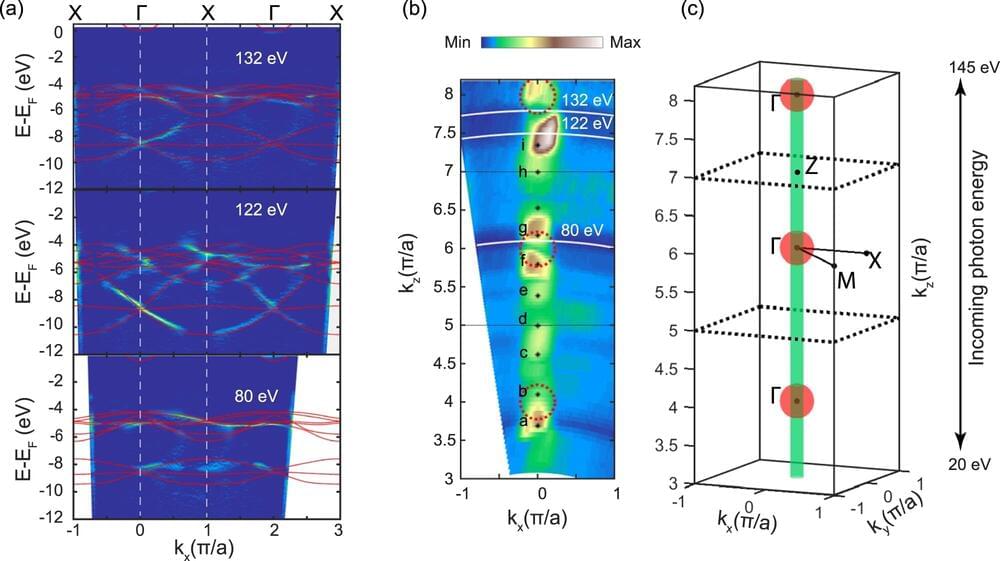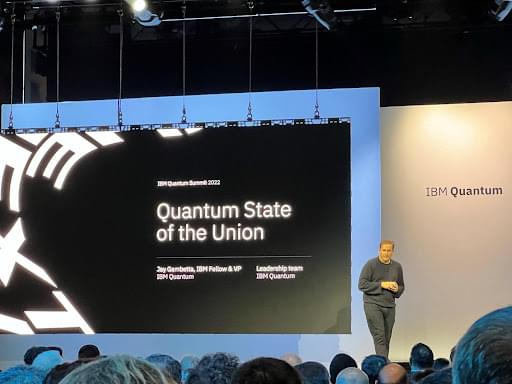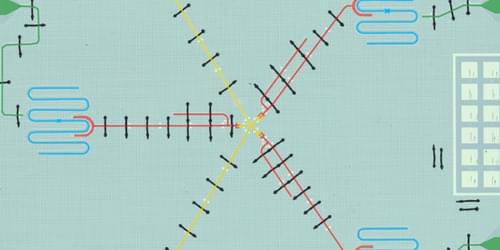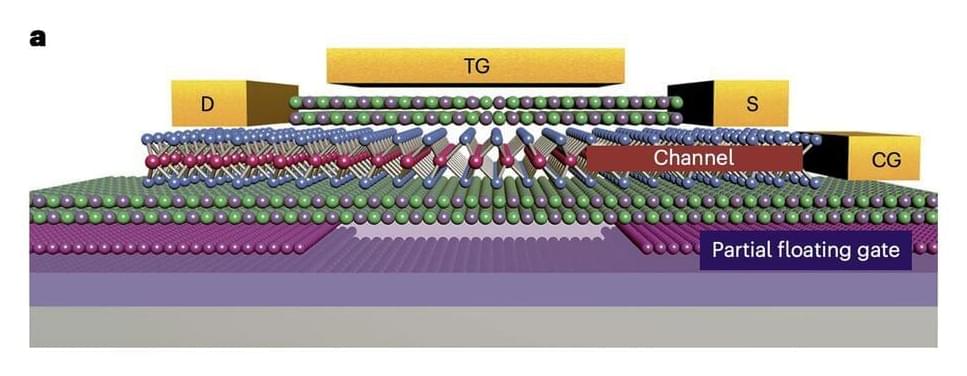Dec 9, 2022
New materials for the computer of the future
Posted by Dan Breeden in categories: computing, particle physics
Novel materials could revolutionize computer technology. Research conducted by scientists at the Paul Scherrer Institute PSI using the Swiss Light Source SLS has reached an important milestone along this path.
Microchips are made from silicon and work on the physical principle of a semiconductor. Nothing has changed here since the first transistor was invented in 1947 in the Bell Labs in America. Ever since, researchers have repeatedly foretold the end of the silicon era—but have always been wrong.
Silicon technology is very much alive, and continues to develop at a rapid pace. The IT giant IBM has just announced the first microprocessor whose transistor structures only measure two nanometers, equivalent to 20 adjacent atoms. So what’s next? Even tinier structures? Presumably so—for this decade, at least.


















